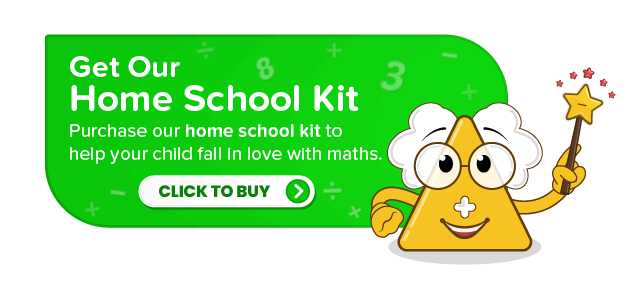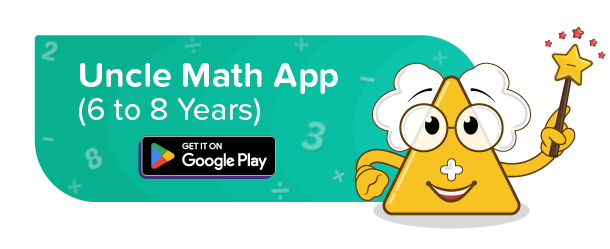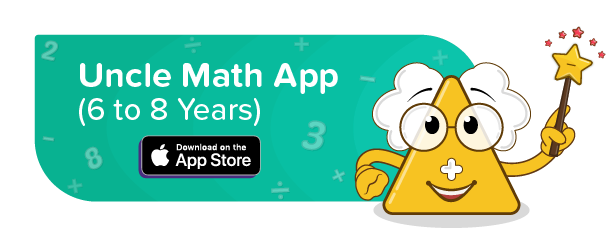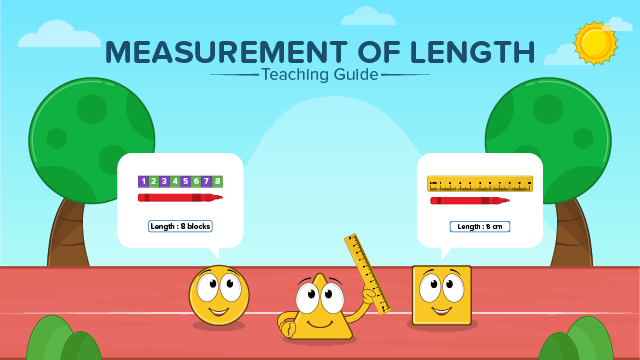
In pre-primary, children explore the foundations of measurement, understanding how objects can be described in terms of length, weight, and capacity. They learn to differentiate between simple spatial concepts like heavy and light, tall and short, and big – small. Length measurement is all about figuring out how long objects are. It’s an important skill we use in our daily lives.
In this guide, you will find a range of engaging teaching methods, including captivating animated stories, interactive activities, and helpful teaching resources. These resources are designed to make learning about the measurement of length a fun and meaningful experience for children. Let’s dive in and explore the exciting world of length measurement together!
Standard And Non-Standard Units :
There are two types of units we use to measure length, standard units, and non-standard units. Standard units are fixed and don’t change depending on the person or object. Non-standard units vary from person to person and object to object.
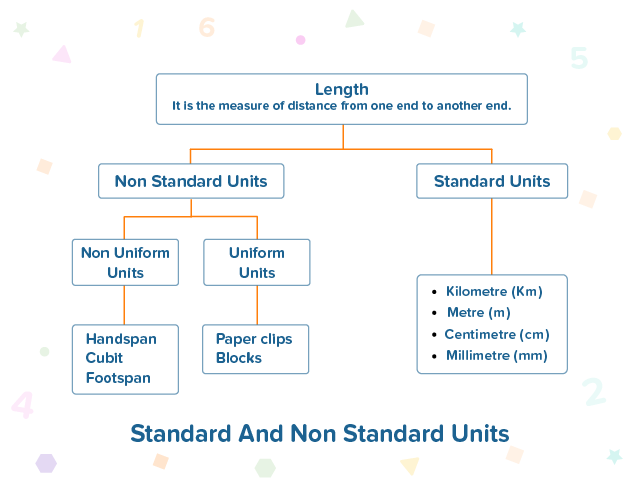
Non-Standard Units :
Let’s talk about non-standard units first. These units don’t have specific measurements in numbers. For example, if a kid and his father measure the length of the rod using their hands, they’ll get different lengths because the kid’s hand is usually smaller.
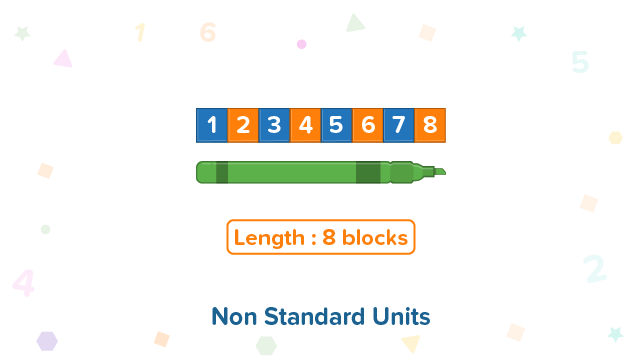
Non-standard units include things like handspans, foot spans, finger widths, or using a thread or rope to measure.
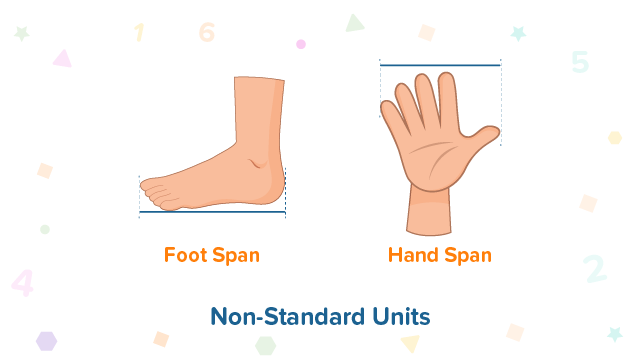
Standard Units :
Standard units have set measurements. If two people measure the length of a wire using a ruler with standard units, they’ll get the same value. Some examples of standard units are centimetres, metres, kilometres, inches, feet, and yards.
Standard units can be further divided into two types: the metric system and the imperial system.
Metric System
The metric system includes units like kilometres, metres, centimetres, and millimetres The base unit is the metre, and other units relate to it. For example,
1 kilometre = 1000 metres
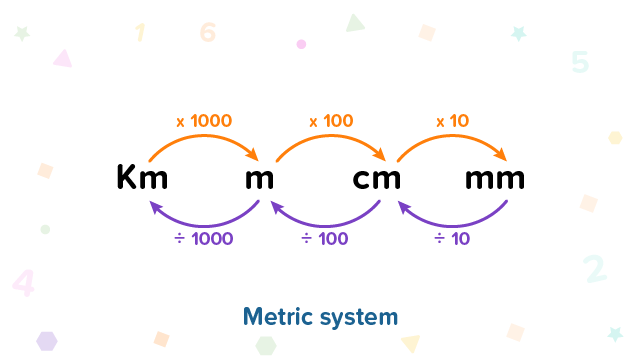
Imperial System
The imperial system includes units like feet, yards, and inches.
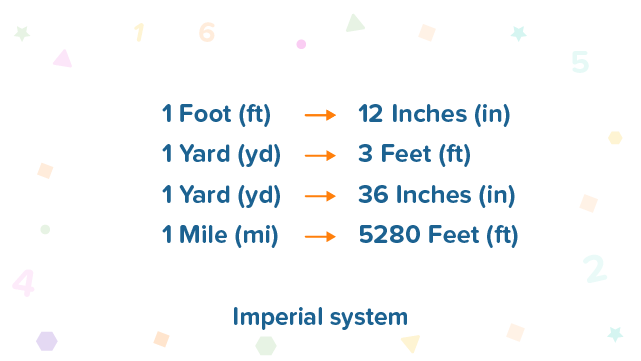
SI (International System) Unit
The SI (International System) unit for length measurement is the metre (m). It’s used worldwide in technical and scientific research to avoid confusion with units. The metre is the base unit for length, and there are relationships between the metre and other units. For example,
1 metre = 100 centimetres
1 metre = 1000 millimetres
1 metre = 0.001 kilometre
1 metre = 39.37 inches
Tools To Measure Length
To measure length, we use different tools depending on what we’re measuring. Some commonly used tools include rulers, tapes, metre sticks, and feet/foot scales.

These rules are followed to measure any length by standard or non-standard units :

Remember, knowing how to measure length and understanding different units of measurement helps us navigate our world more effectively.
Teaching measurement of length with kid-friendly, clear, and easy-to-understand posters from Uncle Math School by Fun2Do Labs :
Ignite kids’ curiosity with engaging stories for role play and skits, making the learning of this concept an exciting and effective experience. Teaching measurement of length through stories from Uncle Math School by Fun2Do Labs :
Learning measurement of length can be made enjoyable by incorporating interactive games and activities.
To give more practice with the measurement of length, the following activity can be conducted :
- Gather some toys.
- Distribute them to children and instruct them to measure the length of each toy by standard and non-standard units.
- Provide a centimetre scale to measure by standard units and blocks to measure by non-standard units.
Help your kids practise measurement of length with interesting and engaging fun worksheets and solutions from Uncle Math by Fun2Do Labs.


